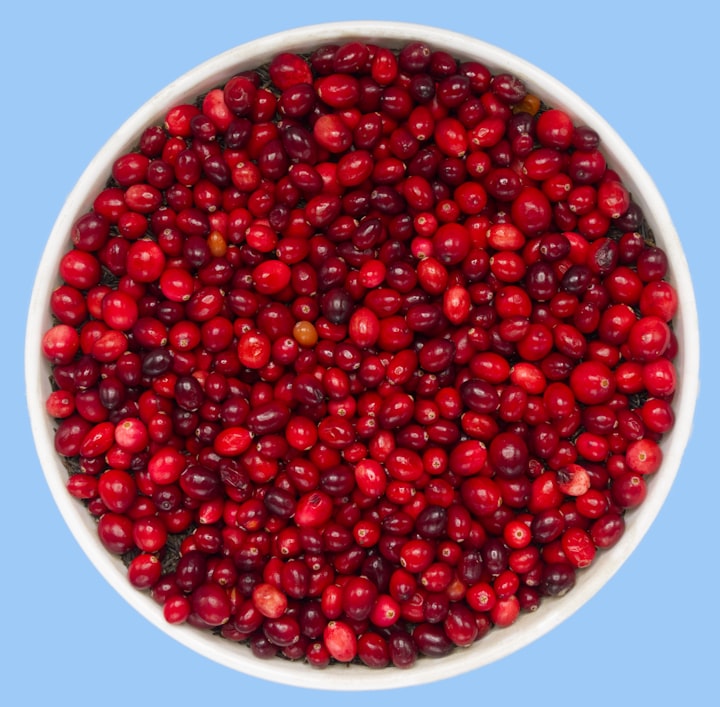How Your Adrenals Work
A quick 101 on these important little "hats"!

When it comes to hormone health, there’s one of two scenarios that can occur:
1. The adrenals are blamed for everything and given weird non-diagnoses like “adrenal fatigue”, or
2. Nobody talks about the adrenals at all and basically pretend they have no bearing on hormones whatsoever.
The adrenals don’t deserve this, besties. The reality is (like many physiological and nutrition things) their function plays happily in the grey zone between these two things. And because this grey zone isn’t always well-communicated or understood, it’s really easy for unqualified practitioners to twist words to their advantage and create spicy marketing terms that are scary and interesting. Cue expensive supplements and unnecessary lab testing.
So let’s talk about the adrenals and actually clarify how they work – and how this impacts hormone and period health.
The adrenal glands are located above the kidneys in the posterior peritoneal cavity (aka in the low back) – I like to call them the little “hats” of the kidneys because they sit so perfectly up there! The inside of the adrenal glands is called the adrenal cortex, and it’s actually made up of three different layers, or “zones”: the zona glomerulosa, the zona fasciculata (this one is easy to say if you imagine you’re discussing salsa dancing – trust me, it got me through many a physiology exam!) and the zona reticularis. Each zone has a slightly different function to produce various compounds, as the adrenal cortex produces three types of steroid hormones.
Mineralcorticoids such as aldosterone are produced in the zona glomerulosa. These assist in the regulation of blood pressure and electrolyte balance – bonus points if you recognize “glomerulosa” as derived from the word glomerulus, located in the kidneys!
Glucocorticoids including cortisol and cortisone are produced in the zona fasciculate and are important for the regulation of metabolism, immune system suppression and the stress response.
Androgens are produced in the zona reticularus, which is the innermost layer of the adrenal cortex, and go on to be converted to fully formed and functional sex hormones.
Now get this. The adrenal cortex is great, but it’s not the entirety of the adrenal gland.
The medulla is the most inner part of the adrenal gland, and this is where catecholamines are produced, such as adrenaline and noradrenaline. These hormones are involved in the fight-or-flight response and act quickly on the human body.
Dysfunction of the adrenal gland is no joke. Medical treatment is critical to manage symptoms and prevent the risk of associated conditions.
Cushing syndrome is the overproduction of or overexposure to cortisol. It’s most common symptoms include weight changes localized to the face, midsection and between the shoulders (creating a “hump”-like shape), pink or purple stretch marks on the skin, easily bruised skin, acne and poor healing of injuries. Cushing syndrome is also associated with hypertension, bone loss and in some cases, Type 2 diabetes. High cortisol levels can suppress ovulation, meaning periods can be irregular or absent entirely.
Addison’s disease is insufficient production of cortisol, and it can be life-threatening. It often progresses slowly until a significant stressor occurs, meaning folks might not be aware they have it until it is too late. Addison’s disease symptoms may include significant weight loss, extreme fatigue, low blood sugars, low blood pressure but in crisis this can appear as delirium, altered electrolytes and pain in various parts of the body. While it doesn’t seem that way, having enough cortisol allows fertility to continue and periods to stay regular so Addison’s disease may also involve menstrual irregularities.
Congenital adrenal hyperplasia is a genetic disease that impacts the way the adrenal gland functions. There are two different types: classic and non-classic. Classic CAH is usually diagnosed at birth and affects babies of both AFAB and AMAB. Non-classic CAH is milder and more common, but its symptoms are less obvious until approximately puberty and into adulthood. Irregular or absent menstrual periods can be a symptom of CAH, as well as facial hair growth, severe acne and shorter overall height despite rapid childhood growth.
And of course, there are adrenal tumours that can impact the functioning of the gland and are often identified on medical imaging when other causes are being ruled out.
Adrenal fatigue isn’t a true diagnosis, because your adrenal glands don’t simply fail when you’re under a lot of stress. If anything, the adrenals are working overtime to keep you alive in a fight-or-flight state.
It is important to note that your symptoms are entirely valid and working with a provider who has experience with hormone health can help you navigate low energy, digestive upset and more without suggesting expensive supplements or significant food restriction. Fun fact: cortisol levels actually normalize when the body is consuming enough carbohydrates, especially after exercise.
So how can be keep the adrenal glands healthy? Keep stress levels at a low to moderate level is beneficial, and having good coping skills for the high stress occasions is important. Connecting with a counsellor, leaning into social supports and practicing good body respect is a great way to start.
Want to learn more about adrenal health and stress care? Let’s chat – I work with folks in Ontario (and select other provinces in Canada) to optimize their hormones and fertility, ditch their PMS and break out of the dieting cycle. You can find me at sayyestonourish.com, on Instagram at @sayyestonourish and on TikTok at @sayyestonourishrd!
About the Creator
Emily the Period RD
I help people with periods navigate menstrual health education & wellness with a healthy serving of sass (and not an ounce of nutrition pseudoscience).






Comments
There are no comments for this story
Be the first to respond and start the conversation.